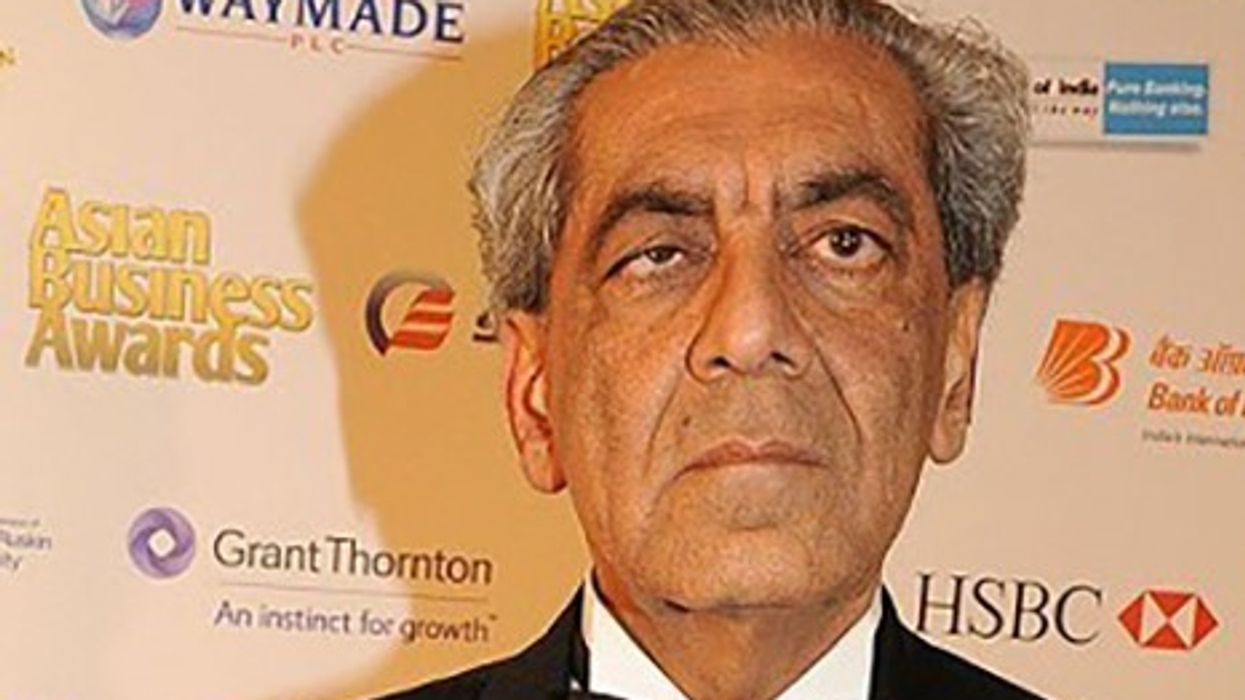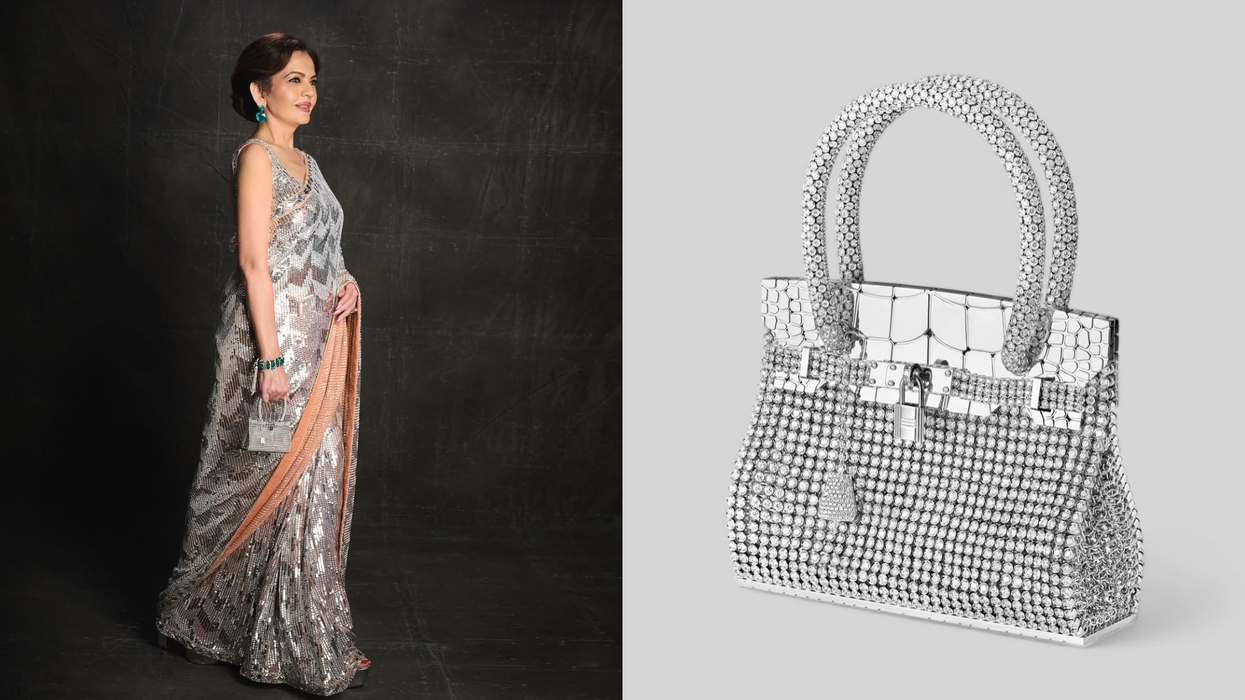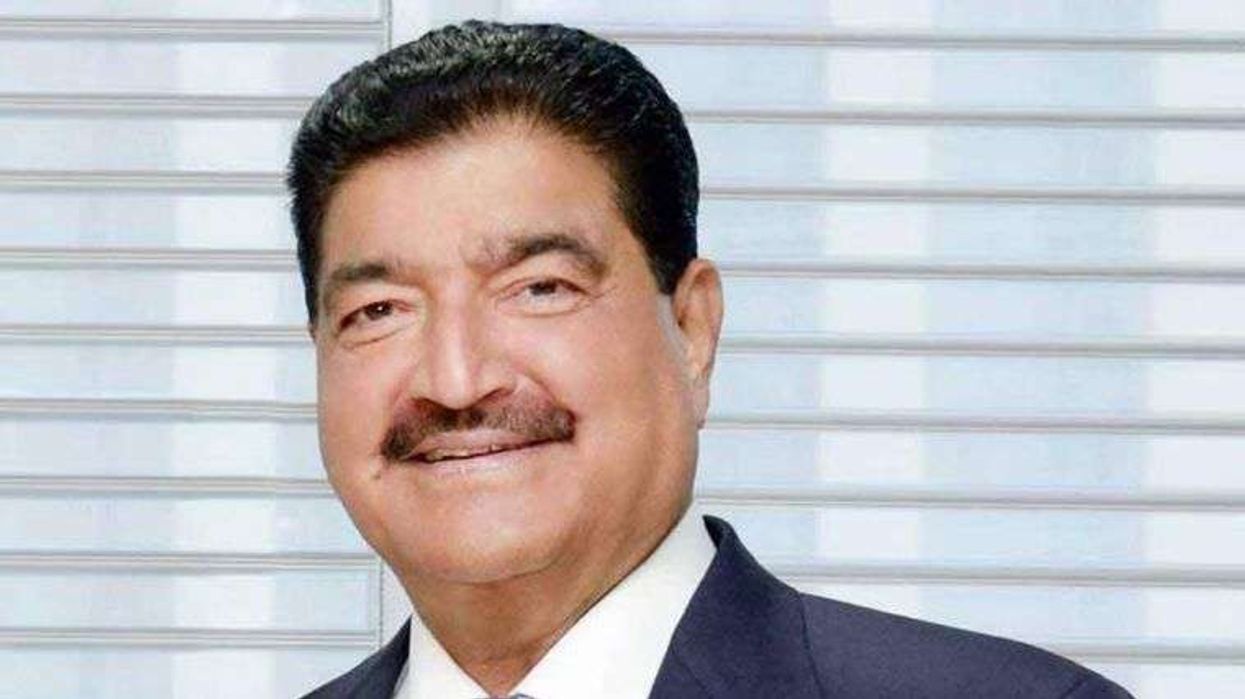THE current debate about whether the imperial statue of Robert Clive should be removed from outside the Foreign Office in London once again reinforces the need to include British colonial history in the school syllabus.
The older generation were brought up to believe that the British empire was, on the whole, a civilising force for good, but younger people today take a much more jaundiced view of the way in large parts of the world – especially India, “the jewel in the crown” – were plundered and drained of their wealth.
After Winston Churchill, who is accused of aggravating the effects of the 1943 Bengal Famine in which two-three million Indians perished, the most controversial figure is probably Clive (1725- 1774), whose conquests were crucial in consolidating British rule in India. He is usually referred to as “Clive of India”.
His bronze statue outside the Foreign Office, by the sculptor John Tweed, was not erected until 1912. It shows him in formal dress with one hand resting on the pommel of his sword, the other clutching papers. The inscription on the statue’s pedestal declares him simply as “Clive”.
The latest debate has been provoked by the Labour peer Baroness Debbonaire, who would have been culture secretary had she not lost the newly created Bristol Central seat in last year’s general election to the Lib Dems. As the MP for Bristol West, she had supported the removal of the statue of the slave trader Edward Colston in 2018 – this was pulled down during the Black Lives Matter demonstrations in 2020.
Thangam Elizabeth Rachel Debbonaire (née Singh) was born on August 3, 1966, in Peterborough to a father of Indian and Sri Lankan Tamil origin and an English mother.
Speaking at the Edinburgh International Book Festival earlier this month, she said that Clive’s statue “continues to promote him in a victorious mode and as a symbol of something that had universal good. I don’t think it’s helpful for any visitor to the Foreign Office, particularly those of us from Indian origins in the diaspora, but also visiting Indian people, Indian dignitaries, ambassadors, trade ministers, to walk into the Foreign Office past that statue. I don’t think that presents Britain in a particularly good light in the 21st century.

“What it doesn’t do is contextualise or indeed give any honesty about what his presence in India actually did. He extracted a vast fortune. His former home, Powis Castle in Wales, contains hundreds if not thousands of objects that he took.”
She added: “Before colonial rule, India was a very developed country. It understood free trade, it was trading with its neighbours – something the East India Company and the other colonising forces successfully crushed. Since independence, India has grown economically, scientifically, in engineering terms, in computing terms, artistic, and so on.”
There were some predictably hostile responses.
Andrew Rosindell, Conservative MP for Romford, said: “I condemn, in the strongest possible terms, the calls from Baroness Debbonaire to remove the historic Clive of India statue – an essential part of the architectural landscape outside the Foreign Office. Not least, it would smear the name of a war hero who not only secured British influence in India against French ambitions, but expanded it, laying the foundations for the unification of an Indian state. I stand, alongside patriotic societies like the Royal Society of St. George, in opposing this needless selfflagellating whitewashing of history, and defending our proud British heritage.”
GB News interviewed James WindsorClive, who is said to be Clive’s “greatgreat-great-great-great-great-grandson” who suggested “a debate on giving the statue context with a plaque rather than removing it.” He made the point that it was “unfair to judge an 18th-century soldier-statesman by 21st-century morals”.
Clive is blamed for the 10 million death toll during the Bengal Famine of 1770, when, as governor of the region, he i mp o s e d punishing taxation and land reforms.
But Windsor-Clive, 35, argued: “I don’t think we can airbrush our history as simply as that. We’ve got a proud tradition and history and heritage, and we shouldn’t be looking to hide it. I personally think that Robert Clive helped make Britain a global power. We shouldn’t apologise for our history, but we should learn from it and be proud of what we achieved during that period.”
GB News did not interview another of Clive’s descendants, John Herbert, the eighth Earl of Powis, who takes a rather more critical view of his ancestor.
He was interviewed in 2021 by the writer Sathnam Sanghera for a Channel 4 programme, Empire State of Mind, and expressed reservations about the statue of Clive that was erected in his hometown of Shrewsbury. The local council in Shropshire decided to keep the statue following a debate triggered by the Black Lives Matter protests.
Standing by the statue, Herbert said: “There was very much a request to bring it down and there were quite strong feelings. The council resolved in the end to keep it, but put a plaque on it that will tell us more. I have often wondered if it ought to come down. It’s very imperial and I’ve never been very comfortable with it. I have always wished it wasn’t here, put it that way.”
In 2020, Haberdashers’ Adams school in Newport, Shropshire, dropped “Clive” as the name of one of its houses because he had “played such a leading role in the ill-treatment of Indians and in the expropriation of Indian assets in his time as a British military leader and governor of Bengal”.
The historian William Dalrymple, author of The Anarchy: The Relentless Rise of the East India Company, is among those who support the “Clive must fall” movement: “Bengal’s wealth rapidly drained into Britain, while its prosperous weavers and artisans were coerced ‘like so many slaves’ by their new masters, and its markets flooded with British products. A proportion of the loot of Bengal went directly into Clive’s pocket.”
The eminent author Nirad C Chaudhuri published a biography, Clive of India, in 1975, which was even handed in assessing the man projected as “the greatest figure in the history of British India”.

He concluded that “the only legitimate interpretation (of history) is the historical one. In respect of Clive and the rise of the British Empire in India, I have tried to give that. With that I shall leave the account given in the book to take care of itself.”
It does say that “corruption and looting saw Clive amass a huge amount of wealth and he returned to Britain in 1760, aged 34” and that he later “defended himself in Parliament, saying, ‘By God, at this moment, do I stand astonished at my own moderation!’, and in 1773 Parliament declared that he did ‘render great and meritorious services to his country’.
” His “moderation” is reflected in the 1,000 artefacts dating from 1,600 to the 1830s displayed in the Billiard Room turned into the Clive Museum cum South Asian gallery at Powis Castle. The National Trust intends displaying the contents in a “culturally sensitive way”.
The old British view of colonial rule is reflected in a large portrait of Clive dominating a mantelpiece lined with the statutes of such Hindu deities as Vishnu, Krishna, Ganesh and Hanuman – “minor Gods,” according to a helpful volunteer.
Money did not buy Clive peace of mind. He allegedly cut his own throat with a penknife at his London house in Berkeley Square on November 22, 1774 and was hastily buried in St Margaret’s Church, Moreton Say, in Shropshire.
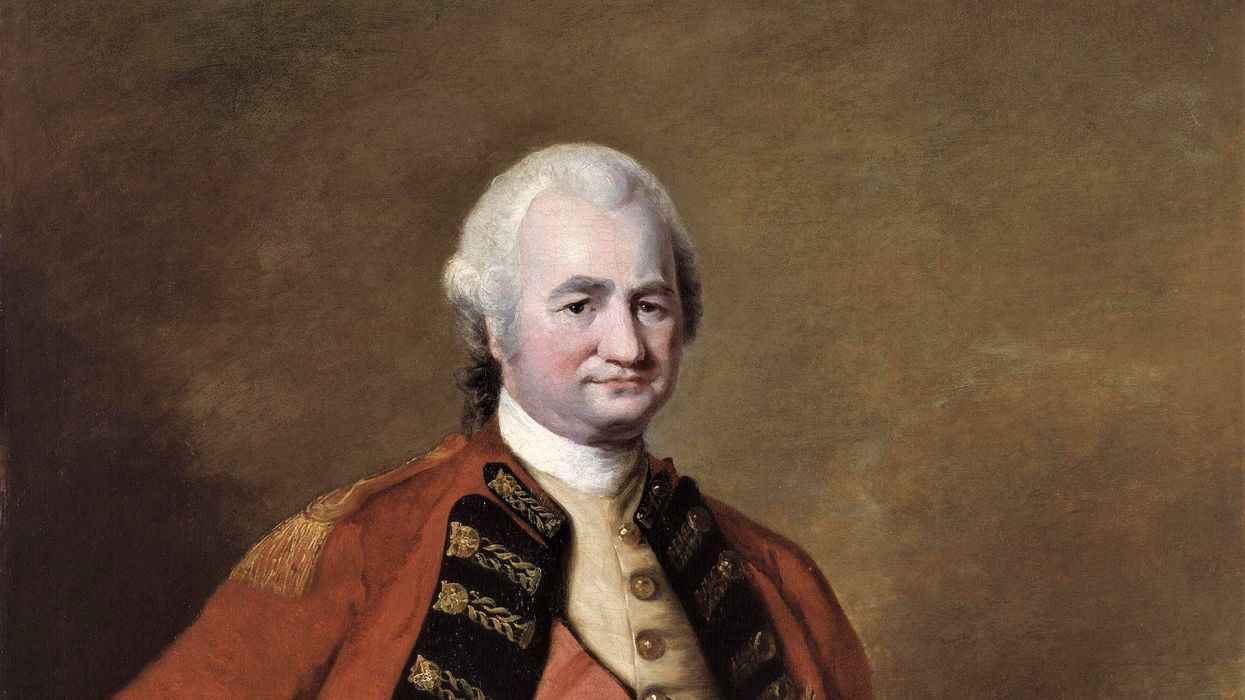
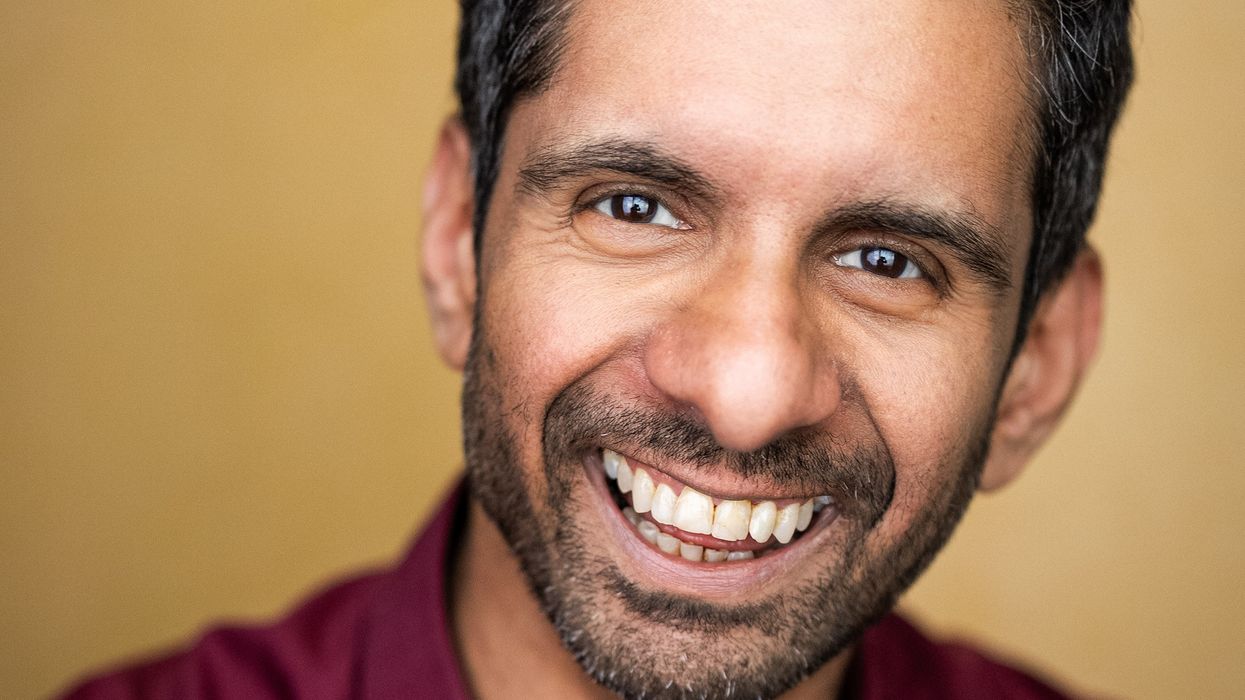


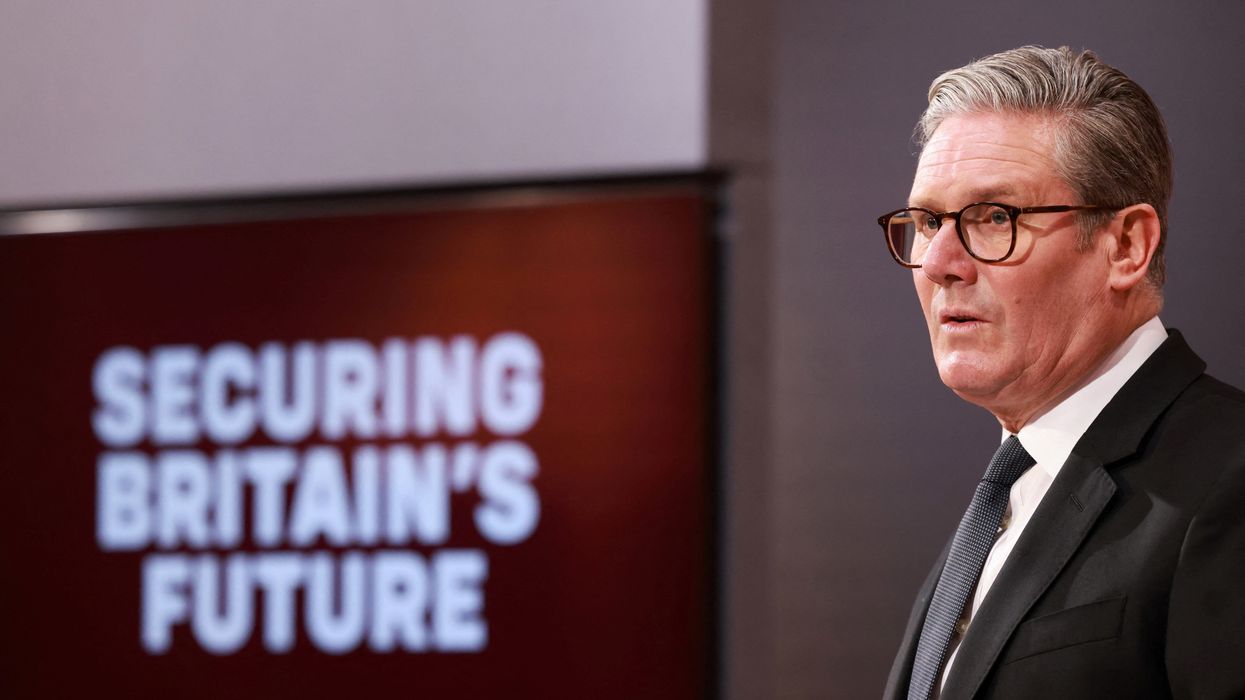

 Glimpses from Rishab Sharma's concert
Glimpses from Rishab Sharma's concert Glimpses from Rishab Sharma's concert
Glimpses from Rishab Sharma's concert